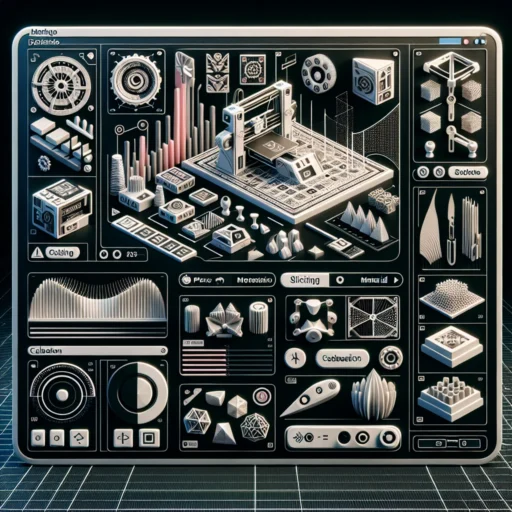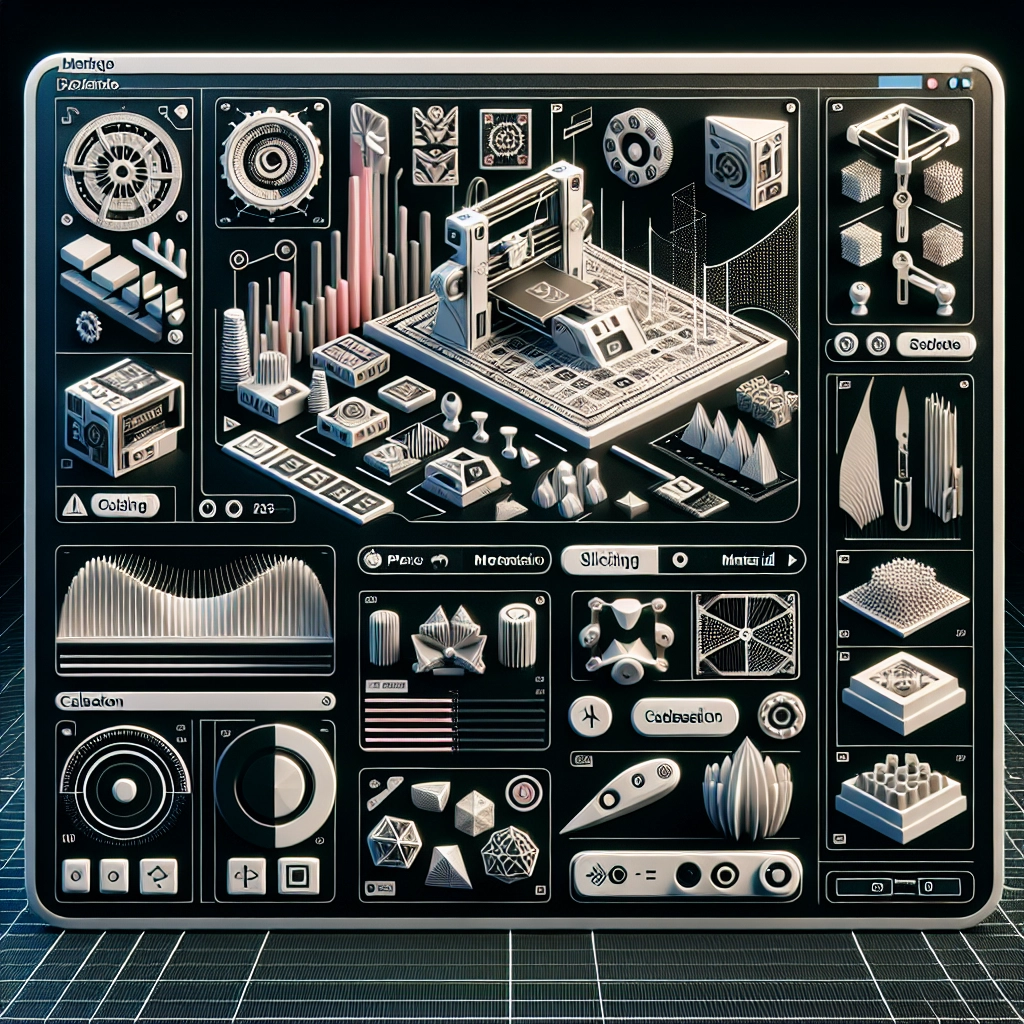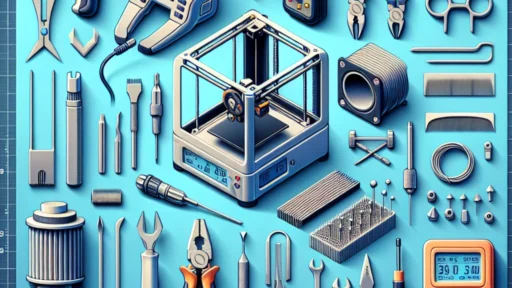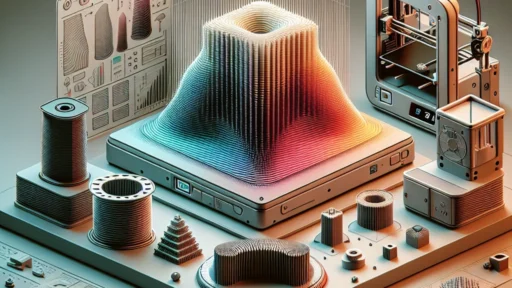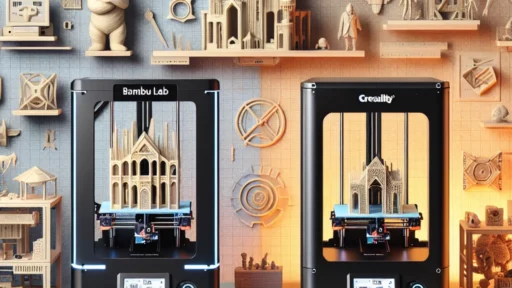Choosing the Best Slicing Software for Your 3D Printer
3D printing has become increasingly popular and accessible over the past few years, unleashing a creative wave of DIYers, hobbyists, and professionals alike. If you’re dabbling in the world of 3D printing, you probably already know that the journey doesn’t stop once you hit “Print.” One critical decision you’ll make is picking the right slicing software. But with so many options available, how do you figure out which one is best for your needs? Let’s break it down!
What Is Slicing Software Anyway?
Before jumping into the options, let’s first understand what slicing software actually does. In simple terms, slicing software takes your 3D model (typically in .STL or .OBJ format) and converts it into a format that your 3D printer can understand. It breaks the model down into thin horizontal layers (slices) and generates the G-code—a series of commands that control your printer’s movements, temperature, speed, and more.
Features to Look For
When you’re on the hunt for slicing software, there are a few key features to keep in mind that can greatly impact your printing experience:
-
User Interface: If you’re just starting out, a user-friendly interface will make your life much easier. Look for software that has drag-and-drop import options and intuitive menus.
-
Compatibility: Not all slicing software works with every printer. Make sure the software you choose is compatible with your specific 3D printer model.
-
Customization Options: As you grow more comfortable with 3D printing, you’ll likely want to delve into advanced settings. Flexibility to tweak print speed, layer height, infill density, and support structures will let you refine your prints.
-
Community Support and Resources: Robust community forums, tutorials, and documentation can be invaluable. When you run into challenges or creative blocks, a supportive community can often help you find solutions.
-
Slice Preview: A good preview feature allows you to visualize layers before printing, helping you ensure everything looks right before committing to filament and time.
-
Cost: Some slicing software is free, while others require a one-time purchase or subscription. Consider your budget and whether the software gives you the features you need.
Popular Slicing Software Options
Now that you know what to look for, let’s dive into some popular choices:
-
Ultimaker Cura: One of the most popular options, Cura is open source and has a friendly interface. It supports a wide range of printers and is packed with powerful settings for the more advanced users. Plus, it has an active community, which is a bonus for troubleshooting and sharing designs.
-
PrusaSlicer: Developed by Prusa Research, this slicer is known for its high-quality slicing algorithms. It’s feature-rich and works great with both Prusa printers and third-party options. If you’re looking for a balance between beginner-friendliness and advanced settings, this one’s a keeper.
-
Simplify3D: If you’re willing to spend a bit for premium features, Simplify3D is highly regarded for its advanced capabilities and excellent support for multiple materials. It’s especially known for its customization options, making it a powerhouse for advanced users.
-
MatterControl: Not only can MatterControl slice models, but it can also design and manage your 3D printing tasks from a single platform. Its integrated design tools and printer management features make it a versatile option.
-
Repetier-Host: This free software can be tricky to set up at first, but it offers great control over multiple printers from one interface. It’s a favorite among those who want to expand their capabilities over time.
-
Slic3r: Another popular, open-source option that has a lot of features to explore. Although it may not have the most polished interface, it offers high precision and customization for users who love to tinker.
Final Thoughts
Choosing the right slicing software boils down to your individual needs, experience level, and the specific capabilities of your 3D printer. As you explore these options, don’t hesitate to dive into community forums or social media groups dedicated to 3D printing; there’s a world of expertise out there! Most importantly, keep experimenting and honing your skills. With the right slicing software and a bit of creativity, who knows what amazing creations you’ll bring to life? Happy printing!


